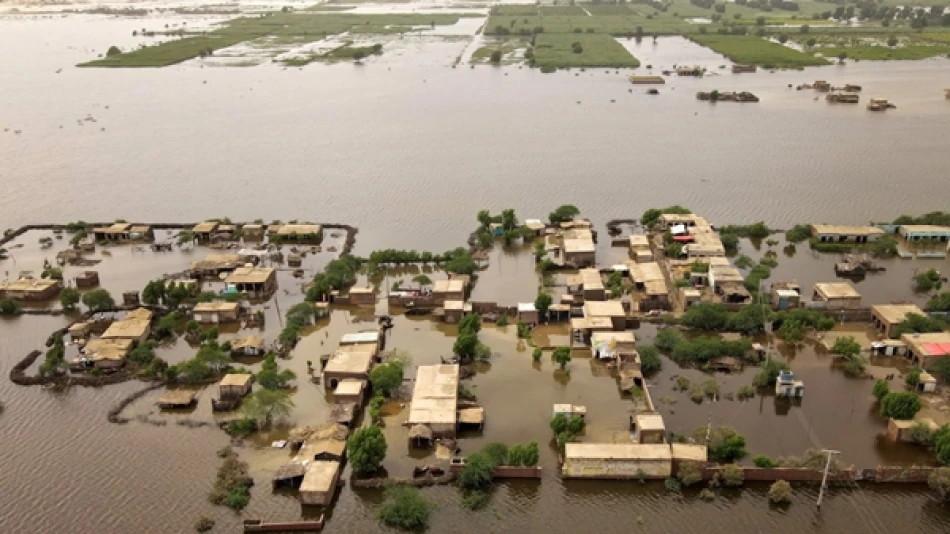
Pakistan Evacuates 150,000 Amid Flood Warning: Preparing for Potential Disaster
Pakistan Evacuates 150,000 as India's Dam Release Threatens Agricultural Heartland
Pakistan has evacuated at least 150,000 people from flood-prone areas along three major rivers after India announced plans to discharge excess water from a critical dam. The emergency highlights how cross-border water management and extreme weather are creating cascading humanitarian crises across South Asia, with Pakistan's agricultural backbone now under direct threat.
Cross-Border Water Crisis Unfolds
Pakistani officials received an abrupt warning from India on Monday that it would release water from the Madhopur Dam, located on the Indian side of Punjab province. The dam has filled rapidly due to heavy monsoon rains that have battered both countries in recent weeks.
The water discharge, combined with ongoing heavy rainfall, threatens to inundate parts of Pakistani Punjab—the nation's breadbasket region that supplies a significant portion of the country's food supply. This agricultural heartland produces wheat, rice, and cotton that form the backbone of Pakistan's rural economy and food security.
Massive Evacuation Operation Underway
Pakistan's National Disaster Management Authority confirmed that forced evacuations began Friday, even before India's official warning. Military forces are actively participating in the evacuation operations, which remain ongoing.
The 150,000 figure includes approximately 35,000 people who voluntarily left their homes following earlier warnings issued since August 14. The scale of displacement reflects the serious flood risk facing communities along the riverbanks.
Regional Water Politics and Climate Reality
This crisis underscores the complex relationship between India and Pakistan over shared water resources, governed by the decades-old Indus Waters Treaty. While the treaty provides frameworks for water sharing, sudden dam releases during extreme weather events create diplomatic tensions and humanitarian emergencies.
The timing is particularly concerning as South Asia faces increasingly erratic monsoon patterns linked to climate change. Both countries have experienced devastating floods in recent years, with Pakistan suffering catastrophic flooding in 2022 that affected over 33 million people.
Economic and Food Security Implications
The threat to Pakistani Punjab carries significant economic consequences beyond immediate displacement. The region contributes roughly 60% of Pakistan's total agricultural output, and flooding during the current growing season could severely impact crop yields.
With Pakistan already grappling with economic challenges and food inflation, agricultural losses in Punjab would compound existing pressures on food prices and rural livelihoods. The timing coincides with critical phases of rice and cotton cultivation, potentially affecting both domestic supply and export revenues.
This crisis demonstrates how transboundary water management failures can rapidly escalate from technical issues to humanitarian emergencies, particularly as extreme weather events become more frequent and intense across South Asia.
 Layla Al Mansoori
Layla Al Mansoori







